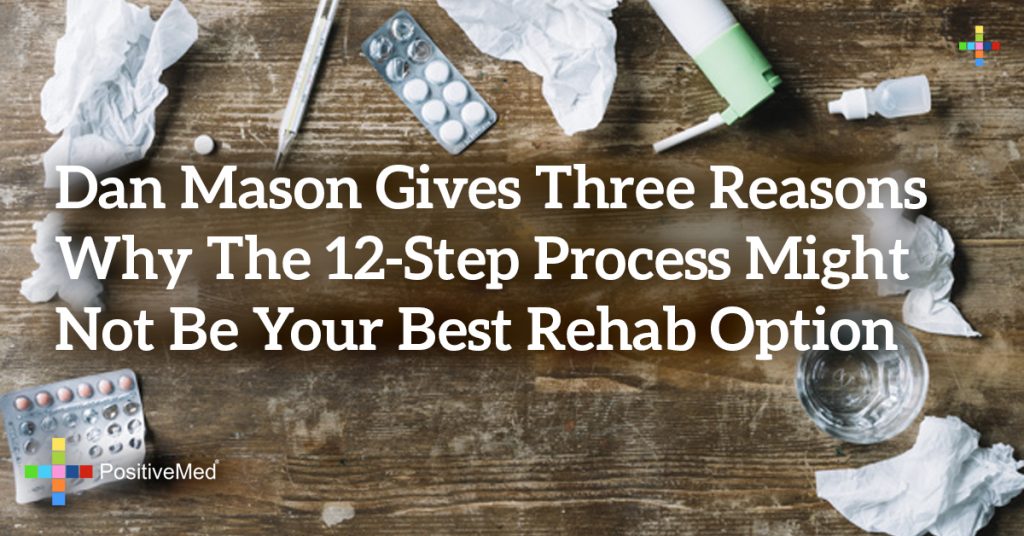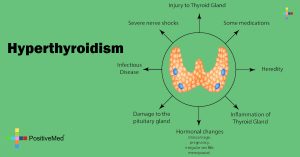
Dan Mason Gives Three Reasons Why the 12-Step Process Might Not Be Your Best Rehab Option
For those who suffer from the disease of addiction, there can often seem like no hope of breaking free. The pattern of getting well and then dropping back into old habits often gets repeated time and again. Relapses among addicts are extremely common, and the more often they occur, the more difficult it can be for a patient to break from the cycle, which is a main cause of the opioid epidemic.
In many cases, patients are presented with the 12-step mode of addiction recovery when they enter rehab. It is a process that has been the main standby of the opioid epidemic programs for practically as long as addiction treatment has been a field of scientific study. But it seems counterintuitive that the same program should be used for a variety of substance abuse issues and an even larger spectrum of reasons for these addiction issues. And the fact that there is such a high rate of people falling back into drug and alcohol use after periods of sobriety indicates that the 12-step approach, however well-meaning, isn’t always effective.
If you feel like the 12-step approach isn’t working in your efforts to rehab from your addiction problems, or if you know someone who is similarly struggling, elevate addiction services might just provide a better, more effective alternative. Here are three reasons why the 12-step recovery method might not be getting the job done.
It’s Daunting
When you are in the throes of serious addiction, even the next breath can seem like a chore or a burden. For that reason, many people hear about the 12-step program and feel like it is a mountain that may be too tough to climb. Instead of putting realistic goals in front of people who are suffering, the 12-step program can be very intimidating. And that kind of stress is one of the triggers that lead to addiction in the first place.
Related Link: How Drug Rehab Can Prevent Your Risk of an Overdose
Tangential Issues
The 12-step process for recovering from addiction has a focus that tends to be a bit narrow. It doesn’t really emphasize the reasons why one becomes an addicted male or female in the first place. And it also neglects other factors that might help in a person’s overall health, such as a boost in nutrition and physical exercise, common traits of a holistic approach to recovery. The mental problems that are often attached to substance abuse are also relatively untouched by any observance of the 12-step program, and failure to rectify or address these problems seems like a shortsighted approach.
Social Aspect
The 12-step program is often administered within the confines of some sort of addiction group. But for many addicts, the idea of surrounding themselves with other people is just the opposite of what they want to do. Forcing someone into a group for treatment can actually do more harm than good. An alternative one-on-one approach to the problem is often a much better mode of rehabilitation for patients with social anxiety issues.
Keep in mind that no two cases of addiction are the same. So if you or a loved one is having problems, you might need some sort of alternative approach that outside of the norm to truly heal.






